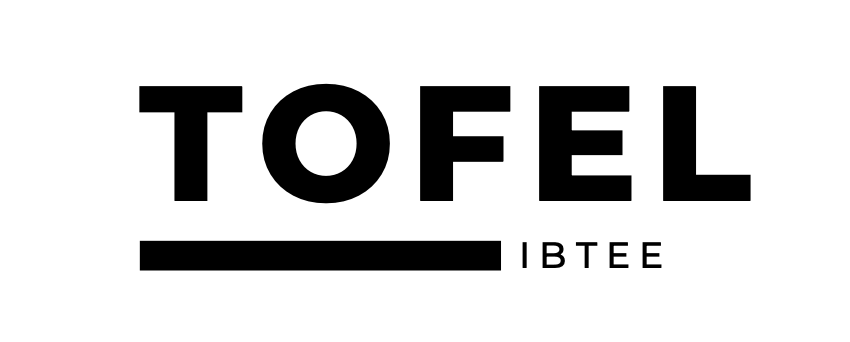The Test of English as a Foreign Language (TOEFL) is a standardized test that measures the English proficiency of non-native speakers. It is a critical exam for international students who want to study at English-speaking universities or colleges. As a comprehensive test of English skills, the TOEFL covers various sections, including listening, reading, writing, and speaking. To succeed in these sections, you need to take effective notes that will help you remember key information and organize your thoughts and ideas.
Note-taking is a crucial skill that can make a significant difference in your performance on the TOEFL. In this article, we will explore some effective note-taking strategies to help you prepare for the exam.
Be selective
During the exam, you will be exposed to a vast amount of information, and you can’t possibly remember everything.
So, it is essential to be selective in your note-taking approach. Focus on the critical information and avoid writing down every word you hear or read. Identify the main ideas and supporting details and write them down in your own words.
Use abbreviations and symbols
Using abbreviations and symbols can help you save time and space when taking notes.
For instance, you can use arrows to indicate cause and effect relationships, asterisks to highlight important points, and abbreviations to shorten words. Using these techniques can help you take more efficient notes and process information faster.
Create an outline
Creating an outline is an effective way to organize your notes and ideas. Start by writing down the main topic or theme, followed by supporting details and examples.
Use headings, subheadings, and bullet points to make your outline easy to read and understand. An outline can help you see the big picture and identify the relationships between different pieces of information.
Listen actively
During the listening section of the TOEFL, active listening is crucial. Active listening means focusing on the speaker, paying attention to the context, and identifying the main ideas and supporting details.
Try to anticipate what the speaker will say next and take notes accordingly. Don’t worry about spelling or grammar; focus on capturing the essential information.
Skim and scan
In the reading section of the TOEFL, you will be given several passages to read. Skimming and scanning techniques can help you save time and identify the critical information. Skimming means quickly reading the passage to get a general idea of the content. Scanning means looking for specific information, such as keywords or phrases. Using these techniques can help you take more efficient notes and answer questions more accurately.
In conclusion, note-taking is an essential skill that can help you succeed in the TOEFL. By being selective, using abbreviations and symbols, creating an outline, actively listening, and using skimming and scanning techniques, you can effectively process information and tackle TOEFL questions with ease. Remember to practice these strategies in your test preparation, and you’ll be on your way to TOEFL success.








